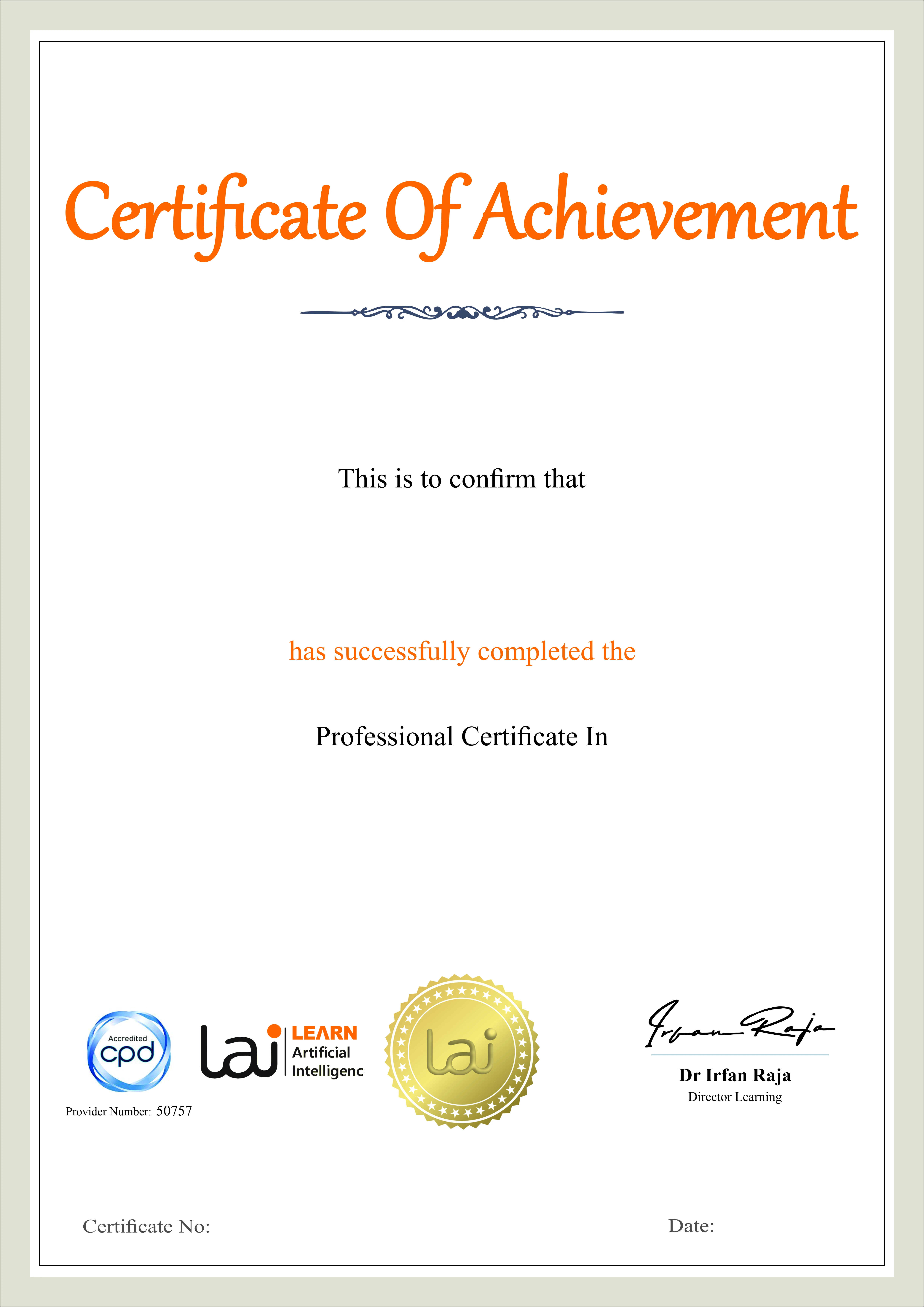This course takes a hands-on approach, diving deep into Python for data cleaning and pre-processing techniques that will enable you to work with complex datasets in real-world scenarios.
Data Wrangling Techniques with Python
The Data Wrangling Techniques with Python course is designed to equip you with essential skills for transforming raw data into a clean, structured format ready for analysis. Data wrangling, also known as dataset cleaning, is a critical step in the data science pipeline, and Python offers powerful tools to streamline this process. This course takes a hands-on approach, diving deep into Python for data cleaning and pre-processing techniques that will enable you to work with complex datasets in real-world scenarios.
Throughout this course, you will explore a variety of data wrangling techniques with Python using popular libraries like Pandas, NumPy, and Matplotlib. You'll learn how to clean, transform, reshape, and combine datasets, and how to automate these tasks for maximum efficiency. Whether you're new to data science or looking to enhance your skills, this course will give you the practical knowledge needed to effectively wrangle and manipulate data in Python for further analysis.
This course is perfect for data enthusiasts, analysts, and professionals who are looking to enhance their skills in data wrangling and dataset cleaning using Python. If you're a beginner to intermediate learner in the field of data science, this course will help you gain a solid understanding of data pre-processing techniques that are essential before diving into more advanced machine learning models. It is also ideal for professionals who already work with datasets but want to refine their data cleaning skills and make their workflows more efficient. Students and researchers working on data-heavy projects will also find this course invaluable. No prior knowledge of data wrangling or Python is required, although basic Python programming knowledge is helpful.
Understand the fundamentals of data wrangling and its importance in the data science process.
Master Dataset cleaning techniques in Python using libraries like Pandas and NumPy.
Handle missing, duplicated, and inconsistent data with ease.
Transform and reshape data for different analytical tasks, including data pivoting and aggregation.
Combine multiple datasets into a cohesive and unified dataset.
Automate data wrangling tasks to improve efficiency and consistency.
Visualize the results of your wrangling processes to gain insights.
Work with complex data types such as time series, categorical variables, and multi-index data.
Complete a real-world capstone project where you apply all the techniques learned to wrangle a messy dataset.
-
Learn the basics of data wrangling and its significance in preparing data for analysis. Explore Python’s role in data cleaning and why it’s the go-to language for data scientists.
-
Understand how to handle missing values, duplicates, and incorrect data. Learn key pre-processing techniques such as data type conversion and normalization using Pandas.
-
Discover techniques for reshaping and transforming data to meet the needs of your analysis. This includes pivoting, stacking, unstacking, and melting data using Pandas.
-
Learn how to merge, join, and concatenate datasets, handling both simple and complex operations. You'll gain insights into handling different keys and indices in Python for data cleaning.
-
Visualize your cleaned data using libraries such as Matplotlib and Seaborn. Understand how visualizations can help identify issues with your dataset and provide insights into the cleaning process.
-
Explore how to automate repetitive data wrangling tasks using Python functions and loops. Learn about creating custom data cleaning pipelines to streamline your workflow.
-
Tackle more complex data types, such as time series, categorical variables, and multi-indexed datasets. Learn how to clean and process these complex data structures efficiently.
-
Apply everything you’ve learned by working on a real-world dataset. In this capstone project, you will clean, transform, and prepare a messy dataset for analysis, gaining hands-on experience in data wrangling techniques with Python.
Earn a Professional Certificate
Earn a certificate of completion issued by Learn Artificial Intelligence (LAI), accredited by the CPD Standards Office and recognised for supporting personal and professional development.

Key Aspects of Course

CPD Accredited
Earn CPD points to enhance your profile

Free Course
This course is free to study

Self-Paced
No time limits or deadlines

Flexible & 24/7 Access
Learn anytime , anywhere

Build In-Demand Skills
Get job ready

Updated AI Skills
Stay current with AI advancement

Global Learning
Accessible Worldwide

Premium Materials
High-quality resources

Employer Approved
Boost your career prospects



